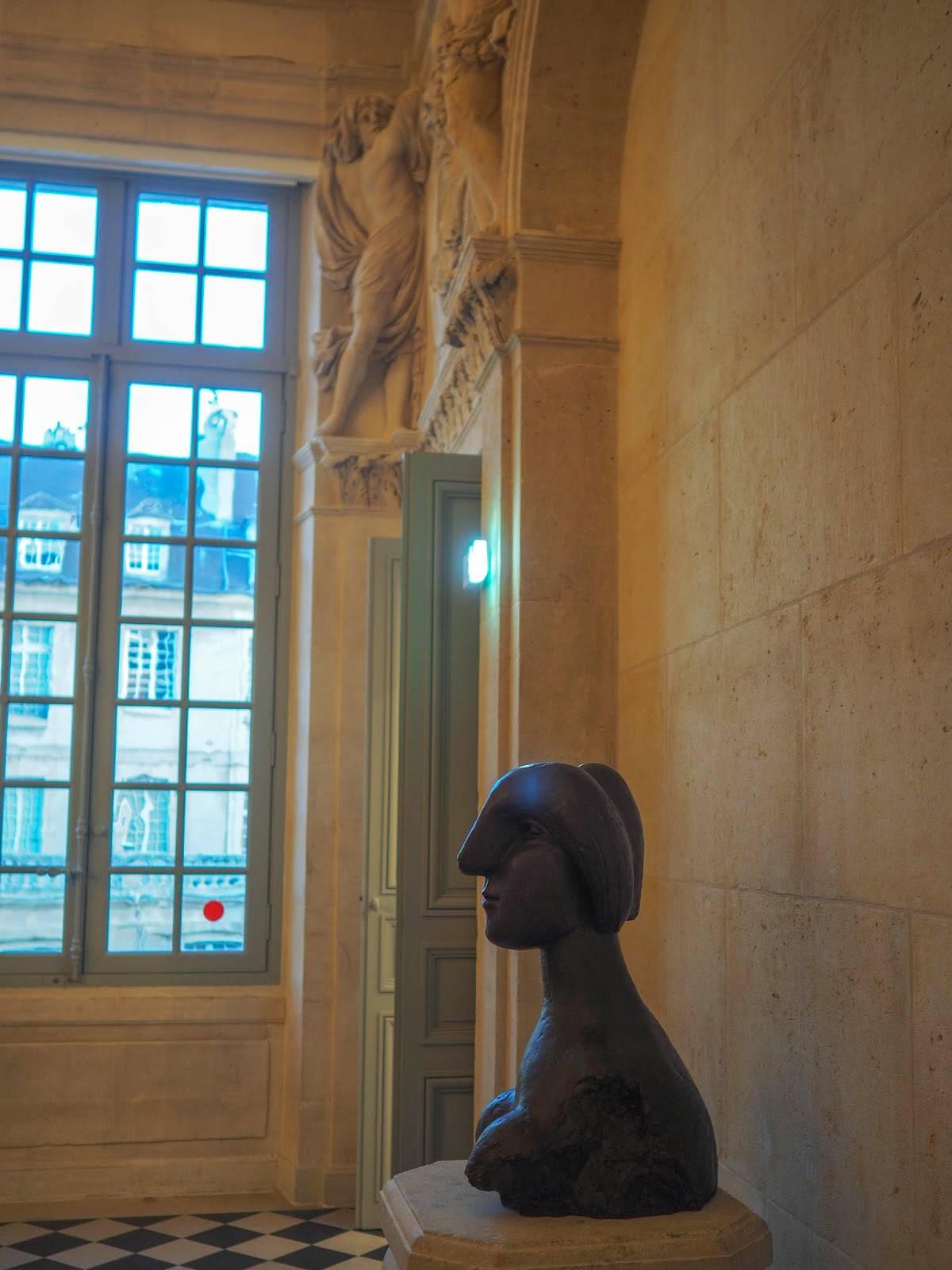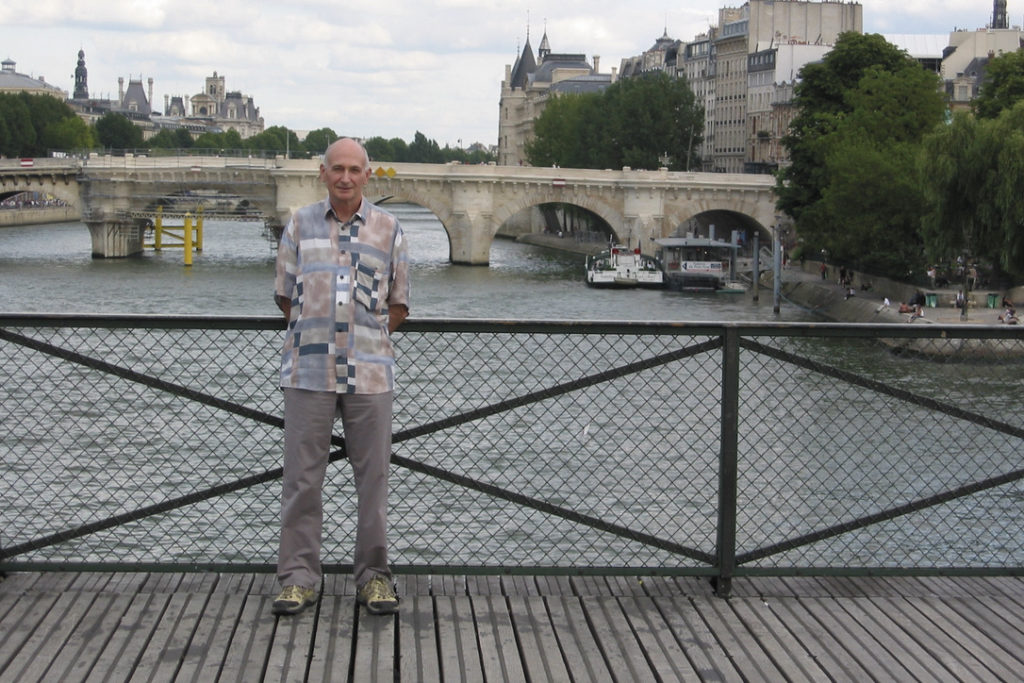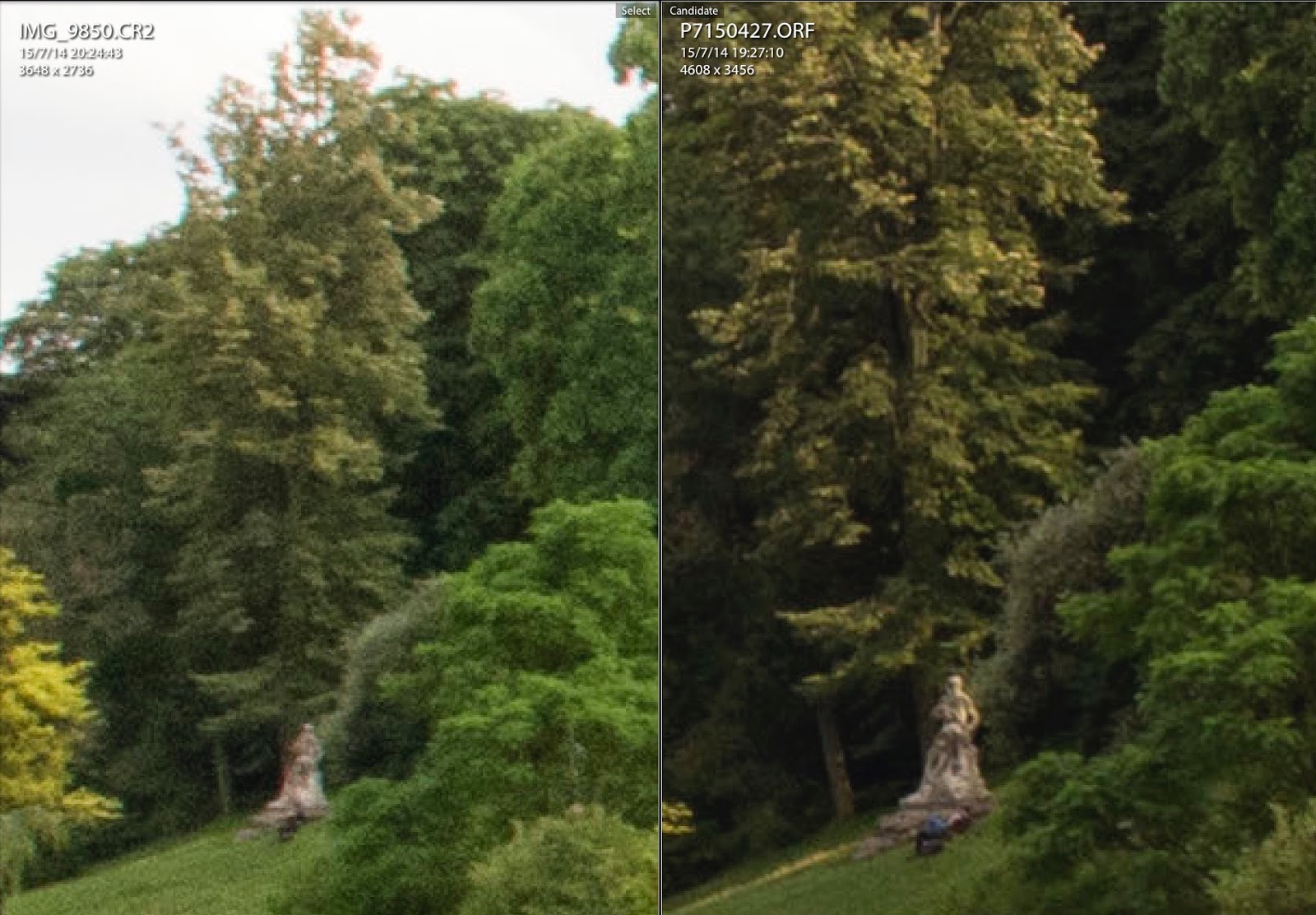Reading Victor Hugo’s "L’homme qui rit"
Last night after almost three months I finally managed to finish Victor Hugo’s L’homme qui rit (The man who laughs) which I started during my holiday in Greece after I crashed out of Montaigne’s Essais. Montaigne, as ML warned me, is not ideal material for a sunny beach on Antipaxos, and it turned out she was right.
L’homme qui rit is the story of a boy, Gwynplaine, whose face is disfigured in childhood into a permanent rictus and who is abandoned to die on England’s inhospitable coastline in the depths of winter. The boat that leaves him there subsequently is shipwrecked, and all aboard her perish, but not before one of the passengers, taken by a turn of conscience, casts a message into the ocean concerning the true nature of the disfigured boy.
Miraculously, the child survives. He crosses miles of darkened coastline and even when at last he arrives in a town no-one will open the door to him: these are plague years. Finally, he and is taken in by a vagabond (Ursus) who is accompanied by a wolf (Homo), finding along the way a blind child (Dea). In the years to come, Gwynplaine falls in love with her, as she is the only person who can see his soul. Later on, just as they are starting to make a nice living from a traveling show (spoiler alert! as the Americans say) we discover that Gwynplaine is in fact of aristocratic stock (the message is found) and by rights he stands to inherit vast tracts of land and countless stately homes.
This being Hugo, of course, Gwynplaine learns the “good news” after forced under the threat of death to leave Ursus and Dea after which he is brought to subterranean prison where he witnesses the death of a man under torture, a man who confirms his true identity just before he dies. Ursus, Homo and Dea are forced to leave London on the next available boat (certain in the mistaken belief that Gwynplaine has been executed). Their traveling circus is disbanded and the innkeeper who put them up sent to prison. Meanwhile, Gwynplaine finds himself in the House of Lords where he makes a passionate speech in defence of the common man and against the aristocracy. However, no-one takes him seriously on account of his disfiguration. Slipping through the mobs of shocked Lords, Gwynplaine, against even more fantastic odds, manages to find the boat where Dea and Ursus are sheltering with the aid of Homo, who finds him, handily just before Gwynplaine is about to commit suicide, having lost everything that is important to him.
He sneaks onto the boat and finds Ursus comforting Dea, who is on the point of death. After listening to them for a few minutes, he slips from his hiding place and reveals himself to Dea and Ursus. They are together at last! But, alas, Dea is not a robust girl, and dies anyway, asking Gwynplaine in her final moments not to leave her waiting for him too long up there in the afterlife. Gwynplaine takes her advice to his heart and, a few minutes later, jumps from the side of the boat into the icy waters of the Thames.
Told like this the story actually sounds exciting! And parts of it are. However, there are the digressions. And digressions. The ones which I found the most difficult to wade through where the long disquisitions on the English aristocracy. All too often, the action is punctuated by such passages which stretch for dozens and dozens of pages, often just at a key moment in the plot. I don’t know, but in Les Miserables I found such digressions much more interesting than in L’homme qui rit. Or maybe it is just because I don’t have a great interest in this particular period in history.
Finally, like many of the books I have read from this period, the ending is tragic. At first this surprised me a lot, especially after reading stories that we already think we half-know from popular culture, like Notre Dame de Paris. The real ending is nothing like in the movies. It almost always finishes badly.






